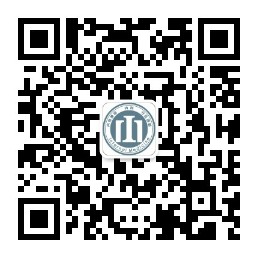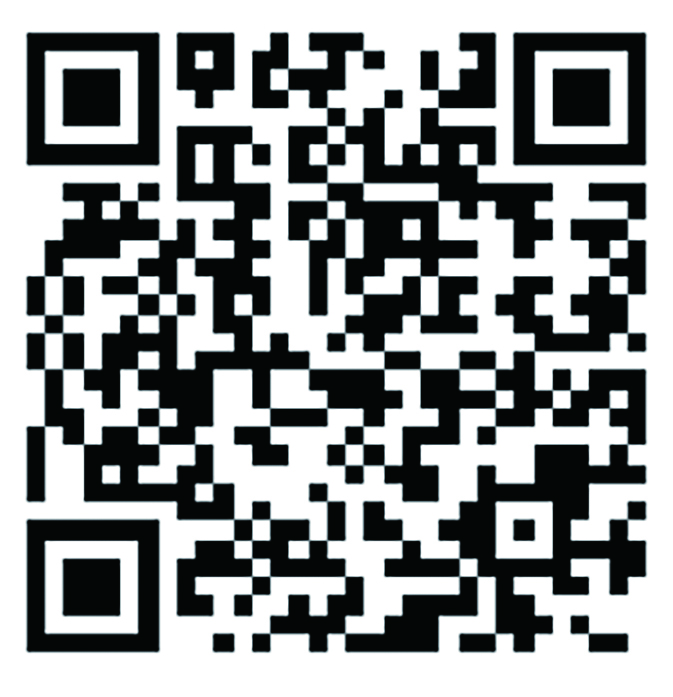目的探讨苦参碱联合CIK细胞过继免疫治疗对中晚期肺癌患者肿瘤标志物的影响。方法选取2017年1月至2018年12月甘肃省白银地区各医院收治的中晚期肺癌患者39例,随机分为苦参碱组、CIK组、苦参碱+CIK组,每组患者13例,分别给予单纯苦参碱注射液治疗、单纯CIK细胞治疗、苦参碱注射液联合CIK细胞治疗。治疗3个月后,检测比较三组患者肿瘤标记物甲胎蛋白(AFP)、癌胚抗原(CEA)、糖抗原199(CA199)水平;比较治疗过程中三组患者恶心、呕吐、腹泻、发热等伴随症状的发生情况。结果治疗3个月后,三组患者的AFP、CEA、CA199水平表现为苦参碱+CIK组<CIK组<苦参碱组,差异有统计学意义(P<0.05)。治疗过程中苦参碱+CIK组患者恶心、呕吐、腹泻、发热等伴随症状的发生率均显著低于苦参碱组和CIK组患者,差异有统计学意义(P<0.05)。结论苦参碱注射液联合CIK细胞治疗中晚期肺癌患者,能有效降低肿瘤标志物的水平,不良反应轻微,比较适用于无法耐受化疗的肿瘤患者。
当前位置:首页 / 苦参碱注射液联合CIK细胞过继免疫治疗对中晚期肺癌患者肿瘤标志物的影响▲
论著
|
更新时间:2019-08-30
|
苦参碱注射液联合CIK细胞过继免疫治疗对中晚期肺癌患者肿瘤标志物的影响▲
Effects of matrine injection combined with CIK cells adoptive immunotherapy on the tumor markers of patients with advanced lung cancer
内科 201914卷04期 页码:397-399
作者机构:1 白银市第一人民医院呼吸科,2 白银市第一人民医院肛肠科,3 白银市第一人民医院基础实验室,甘肃省白银市730900
基金信息:▲基金项目:甘肃省中医药管理局科研项目(GZK-2014-55)
*通信作者:张强,白银市第一人民医院基础实验室,电子邮箱 zhqiang312@163.com
- 中文简介
- 英文简介
- 参考文献
ObjectiveTo explore effects of matrine injection combined with CIK cells adoptive immunotherapy on the tumor markers of patients with advanced lung cancer. MethodsA total of 39 patients with advanced lung cancer admitted from different hospitals in Baiyin area were enrolled and randomly divided into matrine group, with pure matrine injection treatment, CIK group, with pure CIK cells adoptive immunotherapy, and matrine plus CIK group, with matrine injection combined with CIK cells adoptive immunotherapy; each group contained 13 cases. After three-month treatment, the levels of tumor markers in alpha-fetoprotein (AFP), carcinoembryonic antigen (CEA), and carbohydrate antigen 199 (CA199) were detected and compared between the three groups. The incidence of accompanying symptoms as for nausea, vomiting, diarrhea, and fever during treatment between the three groups was compared. ResultsAfter 3 months of treatment, the levels of AFP, CEA, and CA199 in the three groups were in a descending order as: matrine group, CIK group and matrine plus CIK group, with statistically significant difference (P<0.05). The incidence of accompanying symptoms as for nausea, vomiting, diarrhea, and fever during treatment in the matrine plus CIK group was lower than the matrine group and CIK group, with statistically significant difference (P<0.05). ConclusionMatrine injection combined with CIK cells adoptive immunotherapy in the treatment of patients with advanced lung cancer can effectively reduce the levels of tumor markers, and adverse reactions are mild. It is suitable for tumor patients who cannot tolerate chemotherapy.
-
无




 注册
注册 忘记密码
忘记密码 忘记用户名
忘记用户名 专家账号密码找回
专家账号密码找回 下载
下载 收藏
收藏
